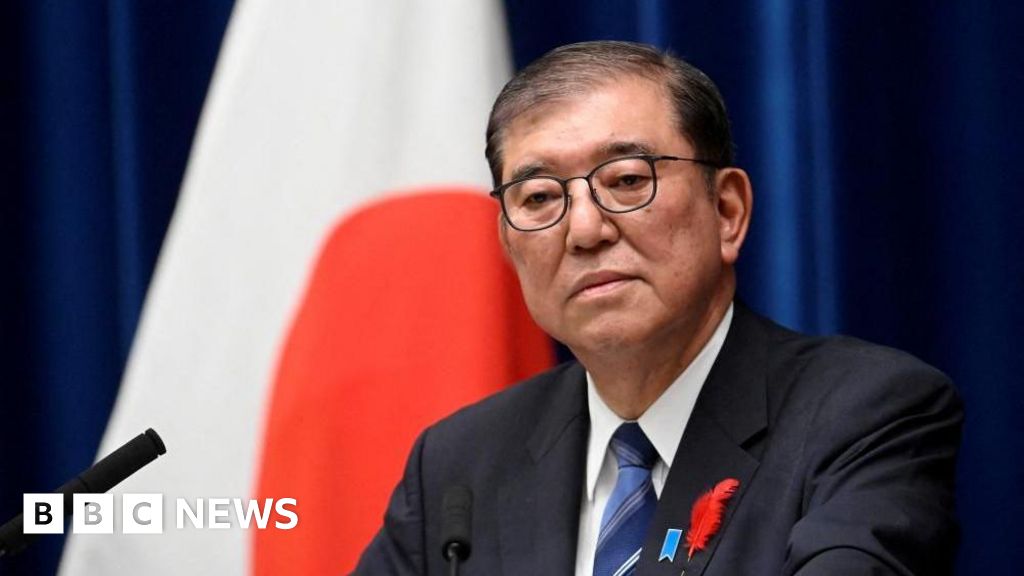Japanese voters headed to the polls on Sunday in a tightly contested election amid public frustration over rising prices and the imminent threat of US tariffs.
The ruling Liberal Democratic Party (LDP) and its junior coalition partner Komeito need to secure a combined 50 seats to retain an overall majority in the upper house but the latest polling shows they might fall short.
This election comes at a difficult time for Prime Minister Shigeru Ishiba and his ruling coalition as US President Donald Trump ramps up pressure on Tokyo during tense tariff negotiations.
Japan’s massive auto industry, which accounts for eight percent of the country’s jobs, is reeling from painful levies already in place.
Weak export data last week stoked fears that the world’s fourth-largest economy could tip into a technical recession.
Despite Ishiba securing an early meeting with Trump in February, and sending his trade envoy to Washington seven times, no agreement has been reached.
For voters, tackling rising prices is a also a central concern.
The cost of rice, a staple food for Japanese households, has nearly doubled since last year.
For the past few months, the government has had to tap into its emergency stockpiles to tackle the shortage.
Since last year’s lower house election, which saw the coalition fall short of a majority, the LDP has not been able to regain the trust of voters who are disgruntled with stagnant wages and relentless inflation.
Meanwhile, the populist Sanseito party, which has been using social media to attract younger voters, has seen a surge in popularity.
Polls show its “Japanese First” slogan has struck a chord with some conservatives, although its hardline stance on foreigners has drawn criticism.
The party wants “stricter rules and limits” on immigration, opposes “globalism” and “radical” gender policies, and wants a re-think on decarbonisation and vaccines.
If Ishiba’s ruling coalition fails to secure 50 seats, it will have lost majority in both chambers of parliament, which could threaten his leadership and lead to political instability.
Ishiba’s centre-right party has governed Japan almost continuously since 1955, albeit with frequent changes of leader.
The last time the LDP and Komeito failed to win a majority in the upper house was in 2010, having already fallen below the threshold in 2007.
That was followed by a rare change of government in 2009, when the now-defunct Democratic Party of Japan governed for a rocky three years.
